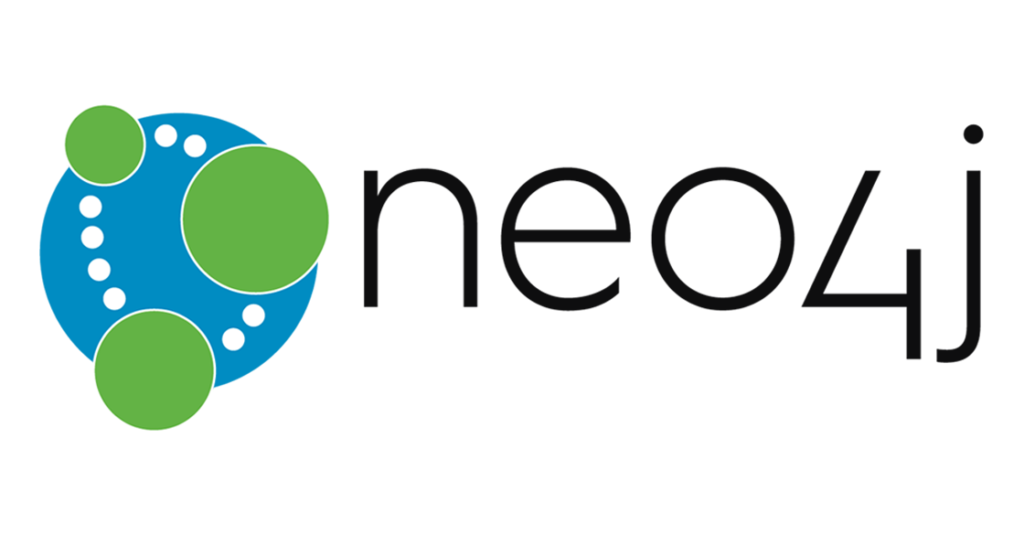
Neo4j is a graph database management system that is widely used for building complex, connected data applications. Unlike traditional relational databases, which store data in tables with fixed schemas, Neo4j stores data as nodes and relationships, allowing for more flexible, dynamic data models. In this article, we’ll take a closer look at Neo4j, its key features, and how it’s used in various industries.
What is Neo4j?
Neo4j was first released in 2007 by Neo Technology, and has since become one of the most popular graph databases on the market. The database is built using the Java programming language and is optimized for handling large-scale, complex, and interconnected data sets.
At its core, Neo4j stores data in nodes and relationships, which can be easily queried and manipulated using the Cypher query language. Nodes represent entities in the database, such as people, products, or locations, while relationships represent the connections between these entities, such as “likes”, “buys”, or “is located in”.
Key Features
Here are some of the key features that make Neo4j a popular choice for building connected data applications:
Flexibility and scalability
Neo4j’s flexible data model allows for the easy addition and removal of nodes and relationships, making it easy to adapt to changing data requirements. Additionally, Neo4j’s native graph processing engine allows it to scale horizontally across multiple machines, making it ideal for handling large-scale data sets.
Performance
Neo4j’s unique data model and query language allow for fast and efficient queries, even on very large data sets. Because Neo4j is designed specifically for graph data, it can perform complex graph queries more quickly than traditional relational databases.
Security
Neo4j provides a variety of security features, including role-based access control, SSL encryption, and authentication mechanisms such as LDAP and Kerberos. This makes it a secure choice for handling sensitive data.
Use Cases
Neo4j is used in a variety of industries and applications, including:
Social networks
Neo4j is particularly well-suited for modeling social networks, as it allows for easy representation of relationships between users, interests, and groups. For example, LinkedIn uses Neo4j to power its “People You May Know” feature, which suggests potential connections based on shared interests and connections.
Recommendations
Neo4j is also used for building recommendation engines, which are used by companies such as Amazon and Netflix to suggest products or content based on a user’s browsing history and preferences.
Fraud detection
Neo4j’s graph-based approach is well-suited for detecting fraudulent behavior, as it allows for the quick identification of patterns and anomalies in large data sets.
Knowledge graphs
Finally, Neo4j is often used for building knowledge graphs, which are used to represent complex, interconnected data sets in fields such as life sciences and finance.
Conclusion
Neo4j is a powerful and flexible graph database that is well-suited for building complex, connected data applications. Its unique data model and query language allow for fast and efficient querying of large data sets, making it a popular choice for a variety of industries and applications. If you’re working with complex, interconnected data, Neo4j is definitely worth considering as a potential solution.
